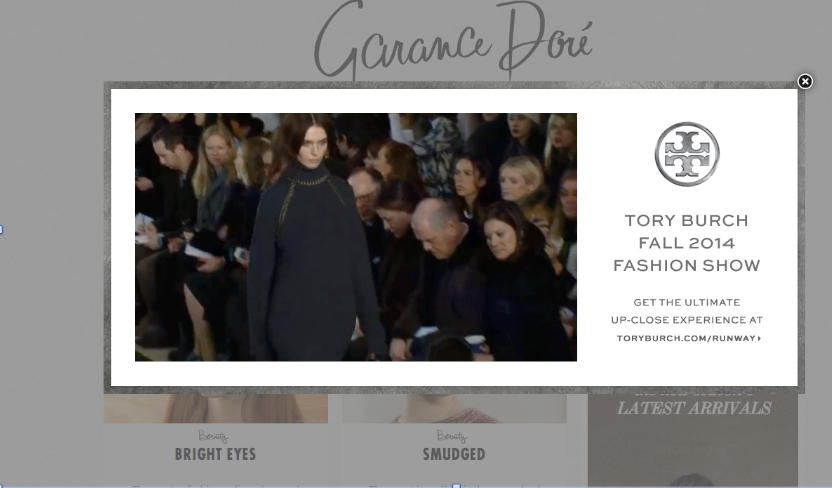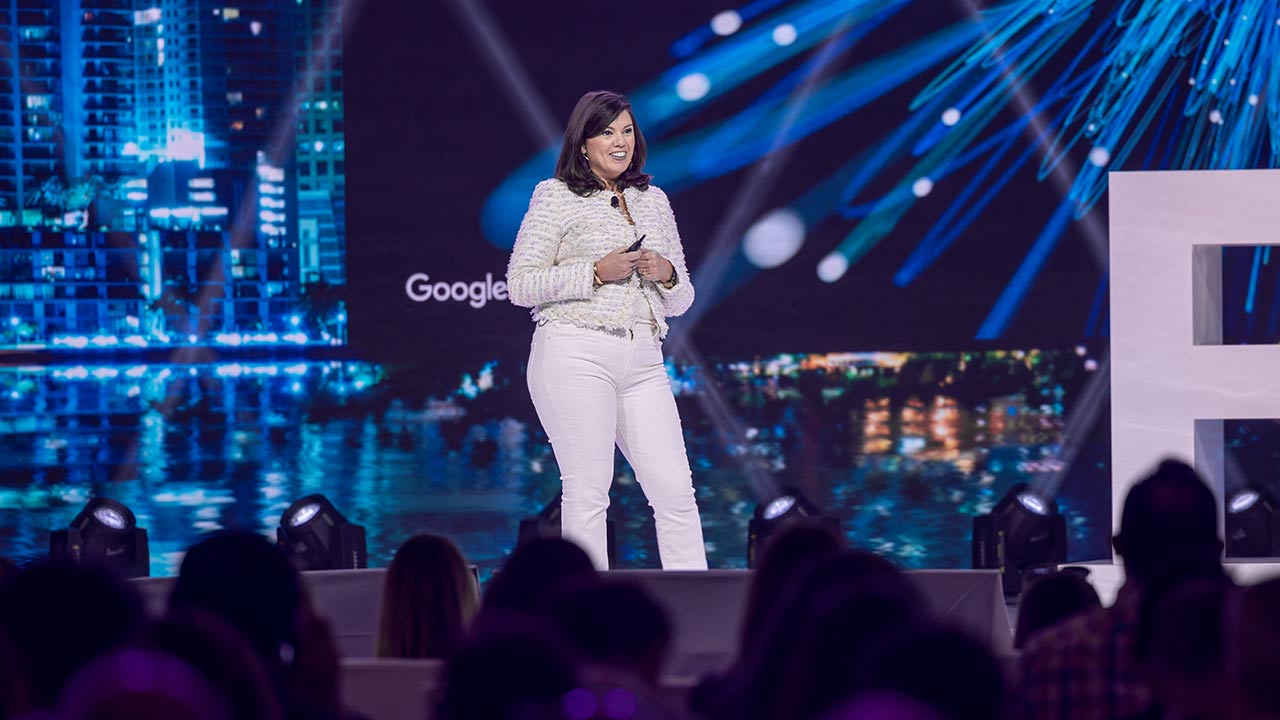Advancements in digital advertising have blurred the lines between creative and data, bringing forth a new class of digital marketers. These "brand response" marketers know how to combine the power of technology with the beauty of creative to deliver a rich, engaging brand experience. Google's Head of Creative Platforms Strategy Peter Crofut discusses ways that today's marketers can follow suit. By harnessing data and embracing artistry, brands can drive beautiful, high performance and well-targeted marketing campaigns.
Marketers have long known that they need to evaluate their campaigns for both brand impact and tangible performance goals. They've worked hard to create compelling creative stories and then deliver those stories to the right people to achieve those goals. While the performance and data side of the advertising equation have gotten a boost, thanks to the rise of programmatic technologies, the creative side has been slower to follow suit.
Programmatic media buying and robust targeting technologies have created rich data signals that marketers can use to ensure that every impression reaches the right people at the right price. However, this deep focus on data has left a gap in the attention spent on the creatives served through these channels, causing them to become conversion oriented while lacking the engaging elements that grab consumers' attention.
WHAT IT MEANS: Programmatic Buying The use of technology and audience insights to automatically buy and run a campaign in real time, reaching the right user with the right message.
This imbalance in the data/creative equation can and should be remedied. Marketers can use the same data signals from their programmatic media buy to inform their creative message. We call this programmatic creative; it can improve the relevance and engagement of a brand's creative, enabling marketers to run a campaign that can achieve both brand impact and performance goals.
WHAT IT MEANS: Real-Time Bidding Buying ad inventory dynamically, based on each ad impression. The winning bid is displayed instantly on the publisher's site. Real-time bidding is a subset of programmatic buying.
Consumer's expectations of digital advertising have steadily increased, so executing successful programmatic creative is important. They expect it to be engaging and highly relevant, and marketers must appeal to them across a number of devices and formats. Media agencies now have access to a greater number of data signals¾contextual data, audience and demographic data and more. The creative agencies that work with their media agencies early on to take advantage of this data in their creative messaging will better serve their audience. (I outlined these strategies in greater detail in "How Technology Makes Creative More Intelligent.")
WHAT IT MEANS: Programmatic Creative Digital ad creative that contains design elements, which integrate with programmatic and real-time bidding strategies. It enables advertisers to deliver a message that's tailored to the audience viewing it and the environment on which it's being viewed.
Infusing creative with data
There are two ways marketers can infuse data into their creative. They can use the information about the audience (the people viewing the ads), including demographics, location and previous behavior on websites gathered from first- and third-party data, and they can integrate the data about the context and environment in which the ad appears (how they're viewing the ads).
The Tory Burch Spring 2014 Fashion Show offers a useful case study of the former. The designer used Google's Custom Brand Exchange to broadcast her New York Fashion Week show to users via publishers such as Condé Nast, Hearst and Time Inc. And by leveraging Google's Lightbox ad format, the company was able to livestream its content through ad units running on a variety of destinations and blogs, such as Style.com, Glamour.com and Garance Dor©.

Tory Burch successfully found its audience and was able to capture viewers across the web. You could imagine a future iteration of this where the company uses first- and third-party data in a dynamic execution to tailor the creative to the person viewing the ad. For example, if the designer had separate shows for her men's and women's lines, livestreams could be served based on the gender of the person viewing the show. Similarly, the brand could use location data to customize its messaging, perhaps offering contact information for the closest retail store.
TalkTalk, one of the U.K.'s largest Telcos, is another example of a company that tapped into its data to help push its creative limits. In late 2013, TalkTalk realized its backup images were showing up more frequently than its Flash ads. The ads were increasingly running on mobile inventory, where Flash isn't supported, and the backup images couldn't show the rich dynamic of TalkTalk's creative execution. So the company's creative agency decided to use Google Web Designer to build mixed-mode creatives (creatives with an HTML5 backup ad unit in addition to the static backup image), displaying the HTML5 ad instead of the backup image. This ensured consistent quality across ad units.
By adding the HTML5 ads, TalkTalk decreased the frequency of backup images from 7% to 0.5% in just two months. It also found that the HTML5 ads actually performed better than the Flash ads, suggesting that mobile placements overall achieved better results than their desktop counterparts. By building its creative to optimize for the device environment, TalkTalk was able to preserve its creative message across devices, even gaining new insights into its media buy.
Today's brand response marketer is able to react in real time, using data insights to inform a brand's creative. After all, the goal is to provide consumers with the right message at the right time on the right device. And given that people interact with an ad unit twice as frequently when that ad is relevant to them,1 we're likely to see programmatic buying influence even more creative.
In fact, we can imagine a time in the not-too-distant future when programmatic data signals will be able to improve the creative before it's even gone live. This "predictive creative" would allow marketers to run diagnostics on ads to see how they'll perform based on aggregated insights about what color, shape, size and features work best in particular environments and for specific audiences. So not only could the data be used to serve relevant creative in real time, but it could also be used as a diagnostic model to predict performance prior to the ad campaign going live. We expect to see continued improvements, such as predictive creative, develop in technology platforms to help marketers make better use of data. Ultimately, by blending the data with the creative, marketers will be able to develop more successful digital campaigns across the web.







